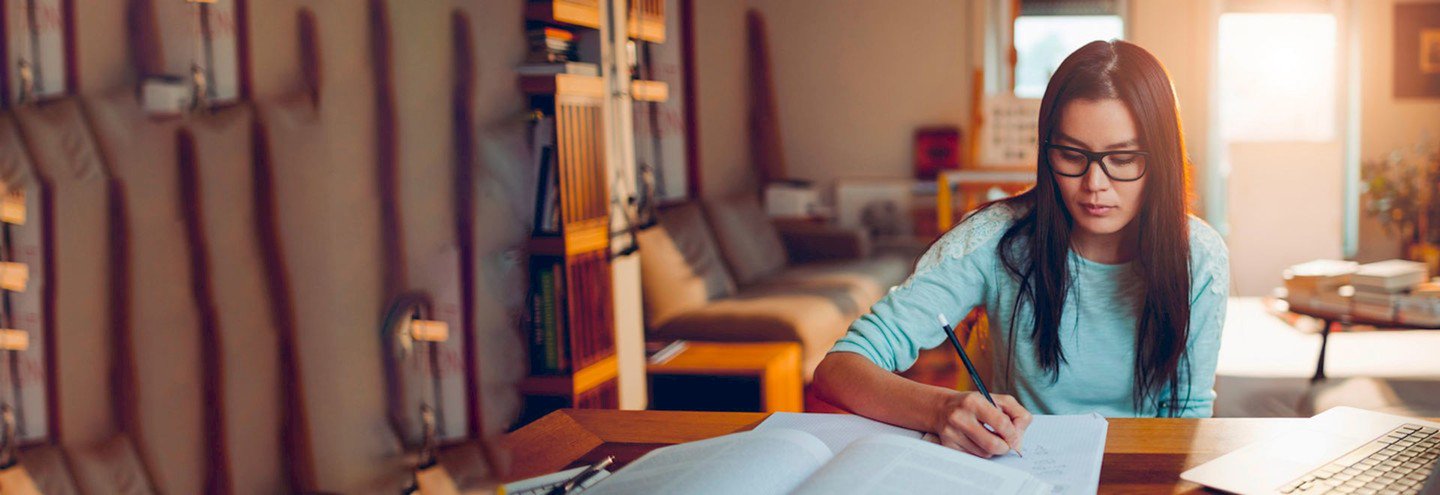
Shockproofing Your Business: Smart Risk Management Strategies for Electrical Contracting Businesses
Business Continuity and Crisis Management
Electrical contractors must anticipate and prepare for risks, to protect their businesses.
Read More











